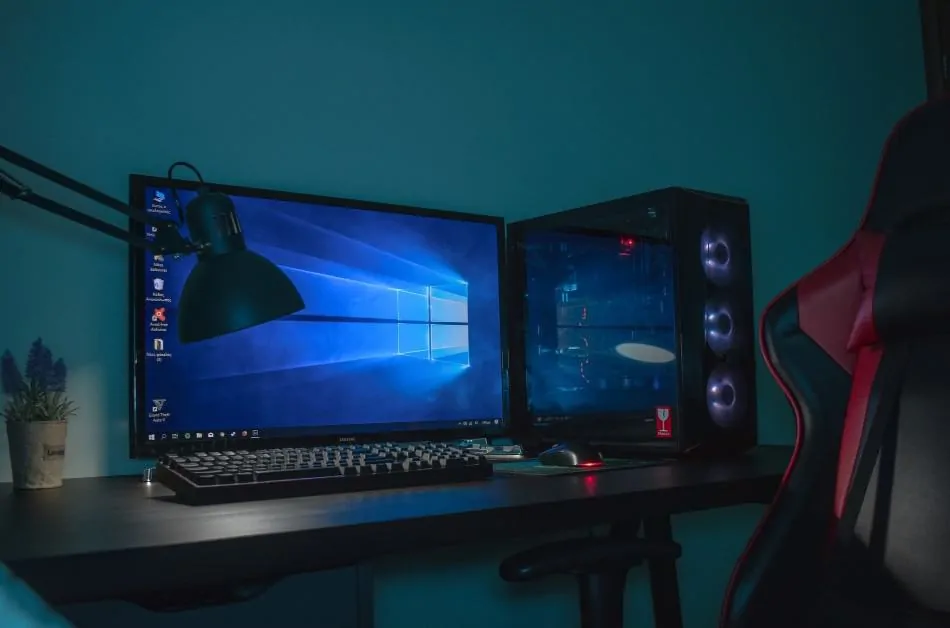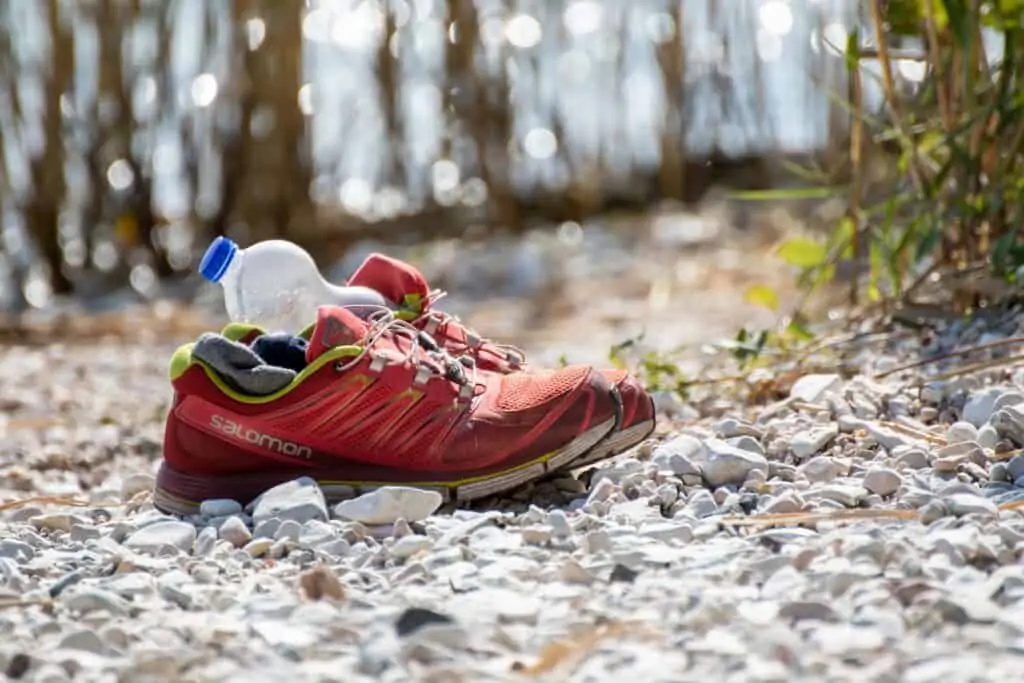A friend of mine recently moved to Hawaii and has been trying to convince me to round up the rest of our friends and go visit her down in Honolulu.
I find Hawaii to be a little too hot and humid for a fat guy like me who sweats buckets while walking down the street, so I’m a little reluctant to go, but she’s doing everything she can to convince us.
She called me up the other day after she got back from surfing lessons and said, “I’ll pay for your lessons if you come down!” Then she got really quiet and said, “I should probably check the weight limit first, but I’m sure you’ll be okay!”
We’ve known each other for years, so my feelings weren’t hurt, but I realized then that I had no idea what the weight limit for surfing is and once I get a question like that in my head, I have to find out the answer, so I made some calls.
Can fat people go surfing? Is there a weight limit for surfboards? Are there any fat famous professional surfers? Here’s what I found out.
Can Fat People Go Surfing?
The answer is 100% yes, fat people can go surfing! There is no weight limit to go ride the waves.
Since surfing started to grow in popularity a few decades ago, many fat people have surfed every day and even some famous professional surfers have been on the larger side, but I’ll get to that a bit later.
Some of the original surfboards used in traditional Hawaiian and Polynesian cultures were over 18 feet long and weighed over 150 pounds, making them much less maneuverable in the water than their modern counterparts, but still able to carry heavy riders.
The one thing to watch out for is that you may not be able to find a rental place willing to loan you a surfboard.
This is mostly a safety thing on their part, as they oftentimes don’t have the correct size board for you.
Since most of their customers live up to the stereotype of the skinny surfer dude, they probably don’t get many fat riders like us and won’t keep a larger board on hand that won’t be used very often.
Do Fat People Need Special Equipment to Surf?
Please note that all advice I’m giving here is aimed at first-time surfers who have no experience. If you’ve already gone out a few times, you probably don’t need me to tell you about the equipment you’ll need.
Unlike some other outdoor recreational activities, there are no special harnesses or adapters or anything of that sort for fat people to go surfing.
All you need is a board and some waves. You’ll want some larger waves because of the increased weight. The smaller waves won’t do much and won’t be as much fun.
Of course, I do strongly recommend getting lessons for your first time out. Just like any water-based activity, it can be extremely dangerous without a professional there to help you out.
The one thing we do need, though, is a larger board. A bigger board will have a larger surface area and can therefore support more weight.
That said, you will probably need to buy a custom board from a shaper that will support your weight, as many rental places aren’t likely to have a board long or thick enough.
You may have some success buying online, but I’d recommend going to see a professional shaper in person because that will give them a better idea of how to make the board that is customized to your needs.
What Type and Size Surfboard Do I Need?
Shortboards and longboards are the two major types and there are options that will work for you in either type.
There are two important measures you’ll want to keep in mind when selecting a surfboard: the length of the board and the total volume (length multiplied by width multiplied by depth or height).
You’ll want a board with a higher volume since it’ll be able to support more weight. A longer board with a little extra depth is the best way to achieve this.
For shortboards, a solid foam base is the best way to go, especially if it has a little bit wider tail.
For longboards, I’d recommend the classic nose rider, as it offers great versatility for your first time out.
Another type that is not used as often but can also work well for larger riders is the funshape surfboard, also known as a funboard.
As for the length of the board, smaller riders tend to use one that is their exact height.
However, larger riders usually add about six inches to their height, so someone who is five feet and seven inches like me would use a board that’s six feet and one inch long.
Larger Famous Surfers
Australian Mick Lowe in his prime was one of the top competitive surfers in the world and his larger size earned him the nickname “Keg on Legs.”
Lowe won multiple titles in the late 1990s to early 2000s and was ranked #6 in the world in 2002.
Keoni Nozaki, a Hawaiian of Japanese descent, is another big name in surfing, despite his short height and larger build.
His nickname on the competitive circuit is “Cheeseburger,” after one of his favorite foods. That’s probably one of the few things he and I have in common!
One of the most popular and successful surfers in the 1950s and 60s was James Mitchell, whose nickname was “Chubby,” for obvious reasons.
Chubby Mitchell reportedly weighed over 400 pounds, but that never stopped him from pursuing his love of surfing.
Tips for Larger Riders
If you’re going out surfing for the first time as a larger rider, there are a few tips you should keep in mind.
When you go out onto the water and you’re laying on the board facedown, you can use your stomach to push yourself up when it’s time to stand on the board and ride the waves.
Watching other people surf is a great way to pick up some helpful tips, both in-person and on YouTube. As the famous New York Yankees catcher/outfielder Yogi Berra once said, “You can observe a lot by watching.”
The weather also plays a big part in surfing, so you’ll want to check the weather report. These conditions vary depending on where you’re surfing, so it’s best to look it up or ask a local before you go out.
Most of all, though, the top two things to keep in mind are “be safe” and “have fun.” If you’re not comfortable with the waves or you think a riptide might be on its way, it’s best to go back to the shore and try again another time.
Summary and Final Thoughts
Fat people can absolutely enjoy the art of surfing with the help of customized boards and lessons from professionals. Some of the top-ranked surfers in the world have larger builds.
Everything I’ve written here about boards is just basic guidance. The professional shaper you use to build your custom board will know a lot more than you could find in an internet article.
Safety is the most important thing to remember when surfing, but with a little local knowledge, a proper surfboard, and a good amount of caution, you should have no problems. Have fun out on the waves!








